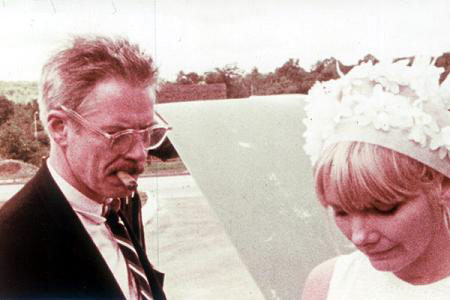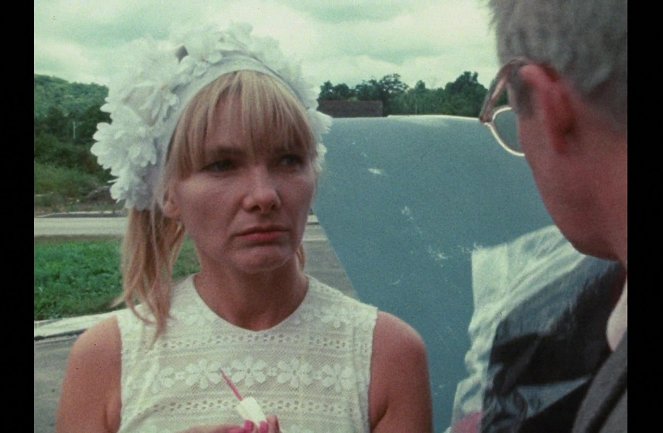Directed by:
Barbara LodenScreenplay:
Barbara LodenCinematography:
Nicholas T. ProferesCast:
Barbara Loden, Michael Higgins, Dorothy Shupenes, Peter Shupenes, Jerome Thier, Marian Thier, Nicholas T. Proferes, Anthony Rotell, Valerie MamchesVOD (1)
Plots(1)
Barbara Loden’s first and last directorial feature was inspired by a news story she had read about a woman who thanked a judge for convicting her to jail time, if only because of the respite it offered from the drudgery of daily life. Her film depicts a Pennsylvania housewife (Loden) in coal mining country who drops her marriage and parental responsibilities to drift through a series of bars and motels until she pairs up with a criminal on the run. A glamorous, romanticized Bonnie-and-Clyde tale, this is not - Wanda is a lost and aimless soul. After years in the wilderness, with very few public screenings, her story is now widely recognized as an American classic, one that portrays a traditionally undervalued and overlooked section of society. (British Film Institute (BFI))
(more)Videos (1)
Reviews (2)
The first and only film directed by Barbara Loden (among other things, the wife of Elia Kazan, who drew from their life together when writing The Arrangement) indisputably deserves the appellation “feminist”. However, the film isn’t built around its creator’s irrefutable thesis that the world is controlled by men, whereas women have to fight for their place in it. Wanda, depicted on the basis of the director’s own personal experience, does not fight. She is not a heroine in the usual sense of the word. She decided to run away from the role that had been predetermined for her, but now, lost along the way, she does doesn’t know where to go next or what to do with the freedom she has gained. Emancipation is not the solution. The inability to bring the process of self-discovery to a conclusion consisting in a lasting change in character differentiates Wanda from road movies whose protagonists are men and which offer solutions. Whereas male identity in 1970s American cinema was in crisis due to a lack of ability, the cause of Wanda’s hopelessness is the lack of opportunity, the impossibility of finding a place outside of the zone defined by society. The hopelessness of Wanda’s wandering is reflected in the desolate landscape without beginning or end, in which there is only one small point of light somewhere in the distance (one of the early scenes set among coal mines basically summarises the theme of the whole film – wandering). Nicholas Proferes, editor and documentary producer active in the direct cinema movement, had a hand in the raw look of the film, which was shot with a handheld 16mm camera, mainly because of money (which took six years to raise). It was shot without rehearsals and without storyboards, and many scenes were improvised. In the context of non-avantgarde American film, Wanda is unique thanks to the view from inside, from the position of a woman, and the concurrent view from outside, beyond the dominant ideology, which no “women’s” film by a male director could convey. Loden was awarded the critics’ prize for Wanda at Cannes (unlike in the US, the film received at least some attention in Europe), but she never completed her next project. She died of cancer ten years after the release of her directorial debut. 75%
()
This film definitely impresses with how realistically it is shot. It gradually gets under your skin because it is possible to identify with the heroine and the terrifying world she lives in. However, it's also possible to see the film as a certain pose and an attempt to show how difficult life is for the lower classes and what they resort to or are dragged into by their apathy. But I lean more towards the first option, which is grandiosely called cinéma vérité.
()
Gallery (6)
Photo © MFF Karlovy Vary 2011



Ads